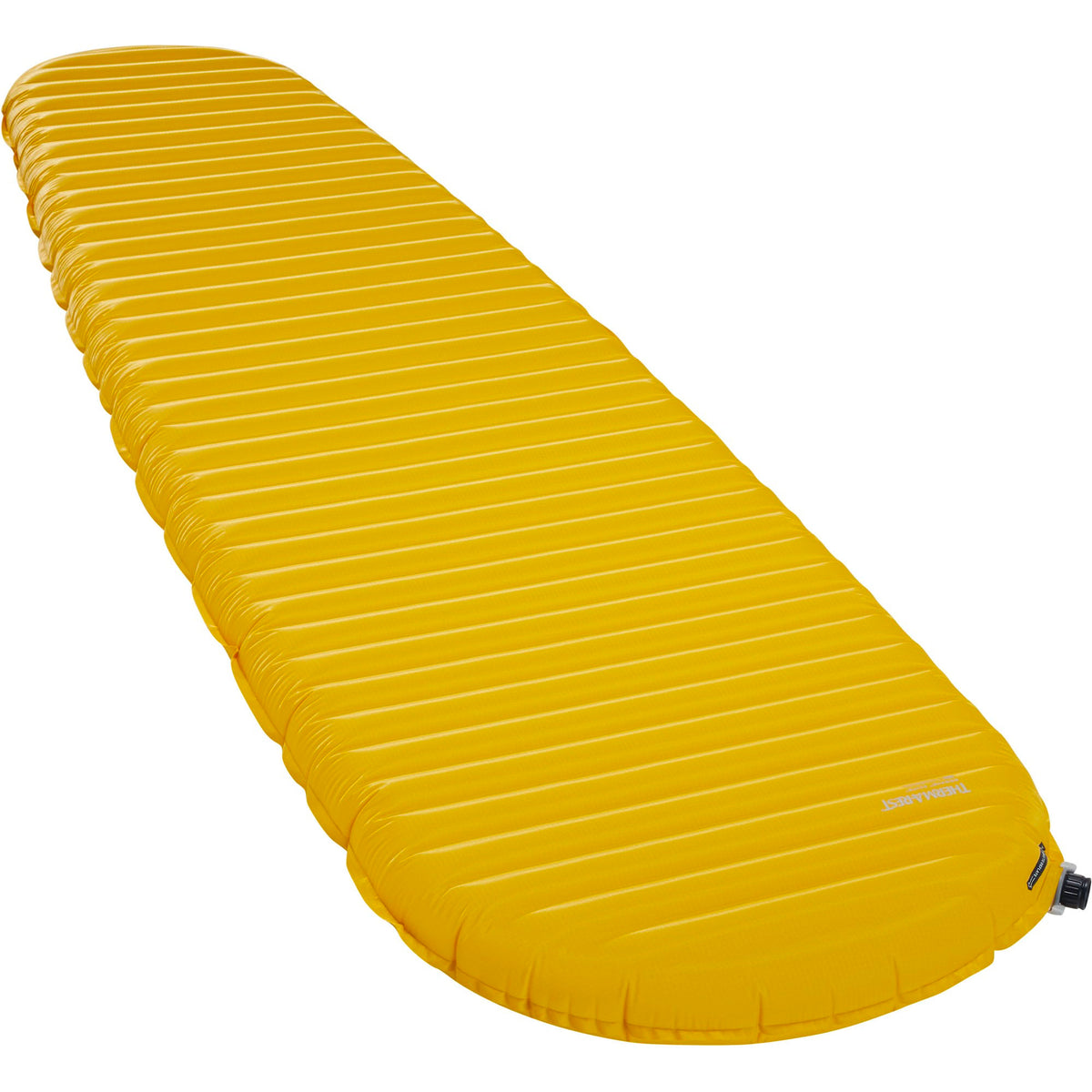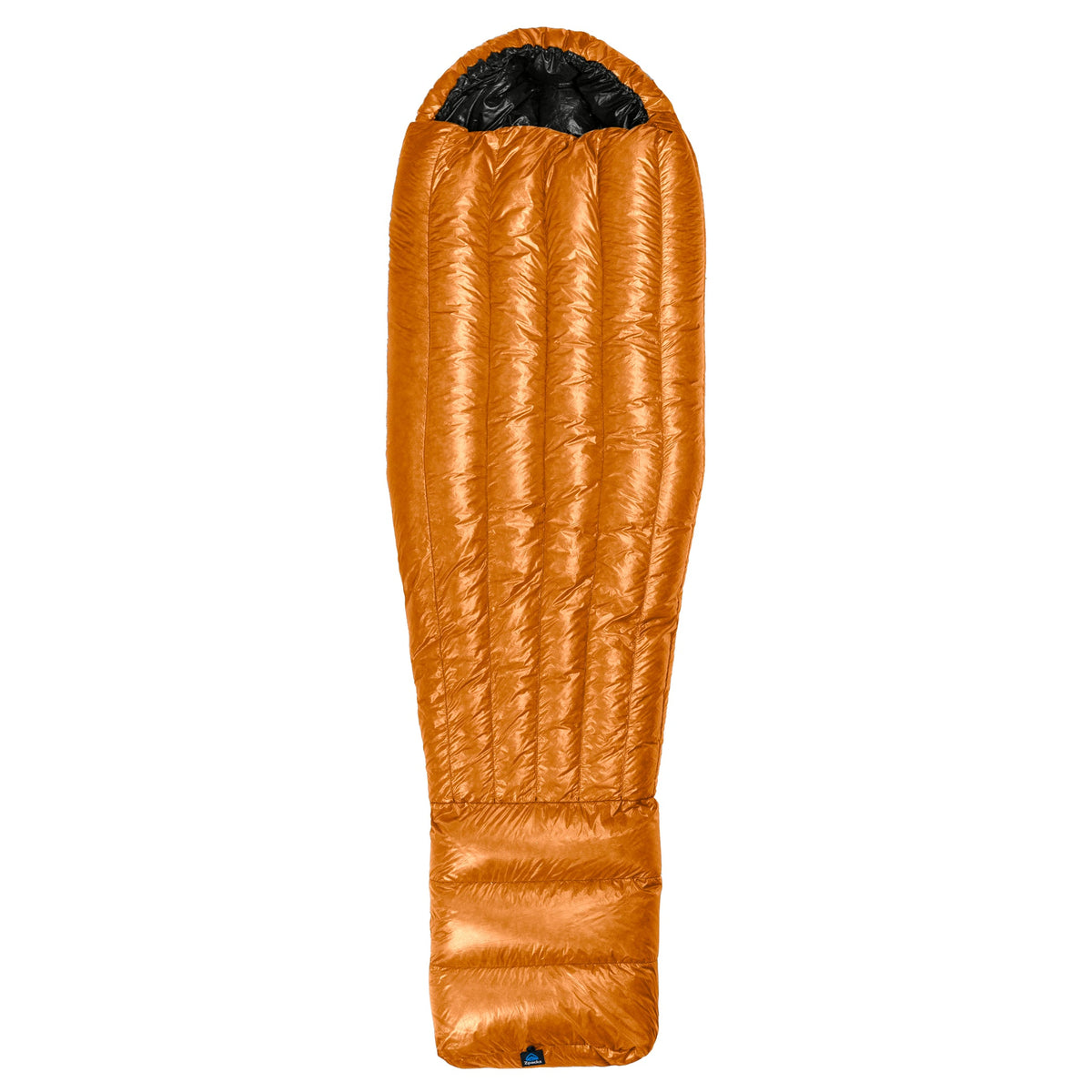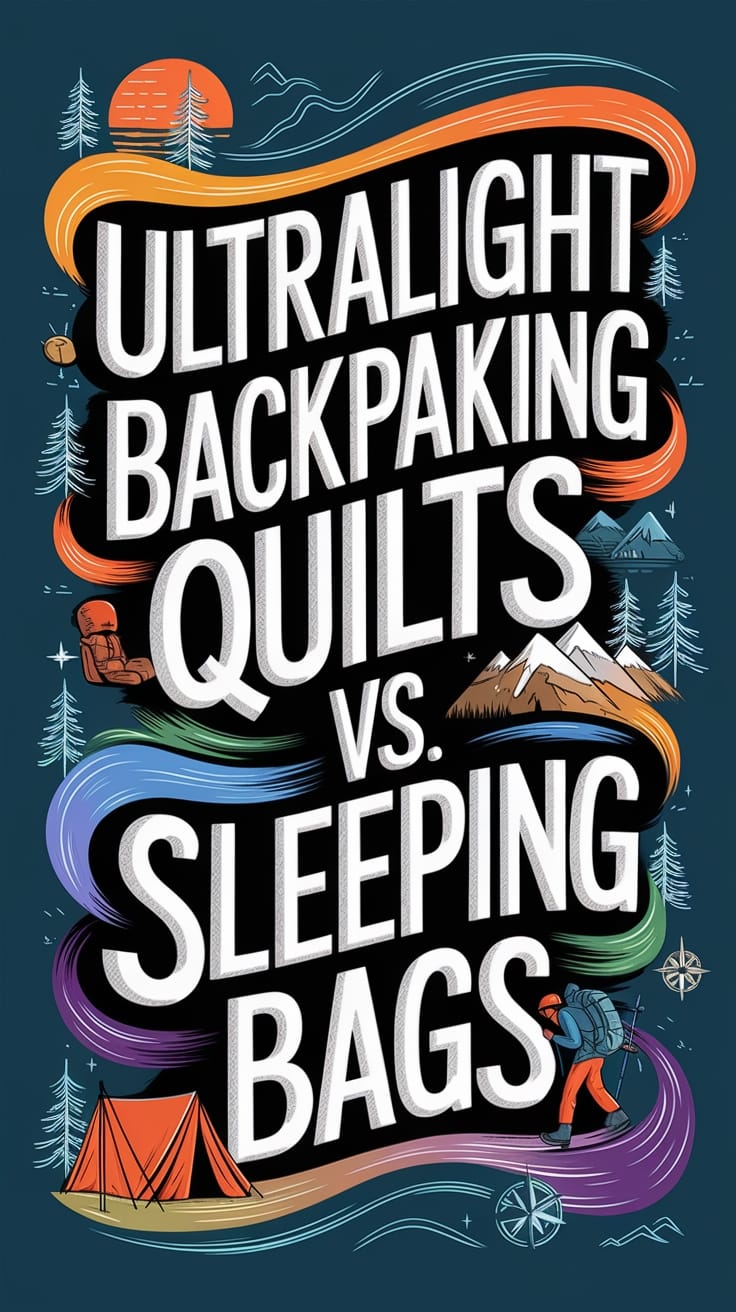When you're planning your next thru-hiking adventure, you'll face a vital decision about your sleep system: quilt or sleeping bag? It's not just about picking what looks cozy; your choice will impact every mile of your journey, from the weight on your shoulders to the quality of your rest.
While traditional sleeping bags have long been the go-to choice for backpackers, ultralight quilts have gained significant popularity among seasoned hikers. Each option offers distinct advantages that could make or break your trail experience, and understanding these differences will help you select an investment that aligns perfectly with your hiking style and needs.
Trail Wisdom: Quilt vs. Sleeping Bag Essentials
- Quilts are 20-30% lighter than sleeping bags, ideal for thru-hikers to minimize pack weight.
- Backpacking quilts pack smaller offering more flexibility in organization, maximizing limited backpack space.
- Side sleepers benefit from quilts' unrestricted movement, while traditional sleeping bags can feel confining during natural sleep positions.
- Quilts excel in spring through fall conditions but may require additional layers for winter, unlike all-season sleeping bags.
- Quilts cost less and manage moisture better, though they require high R-value sleeping pads for adequate bottom insulation.
Gear Breakdown: Quilts and Sleeping Bags Demystified

When choosing between quilts and sleeping bags for outdoor adventures, understanding their fundamental differences is essential.
While sleeping bags completely wrap around your body with a hood and full-length zipper, quilts take a more minimalist approach by eliminating the back portion and hood, focusing insulation where it's most effective.
You'll notice that quilts often feature clever design elements like sewn or zippered footboxes, letting you open them completely flat as needed.
The genius behind a quilt's design lies in its recognition that compressed down insulation under your body doesn't provide meaningful warmth. Instead, quilts rely on your sleeping pad for bottom insulation while efficiently warming your top and sides.
For maximum effectiveness, using sleeping pads with higher R-values significantly improves overall warmth. Less weight in your pack makes quilts an attractive choice for thru-hikers, as they are significantly lighter than traditional sleeping bags.
You'll find that many quilts come with smart attachment systems to secure them to your pad, preventing cold drafts. Some models even include specialized neck collars to retain precious heat where traditional sleeping bags would use a hood.

What's especially appealing about quilts is their versatility - you can adjust them for different temperature ranges by adding layers of clothing, and their design allows for unrestricted movement, making them perfect for side sleepers and restless campers.
Pack Smart: Ultralight Gear Optimization for Thru-Hikers

Anyone serious about lightweight backpacking will appreciate the significant weight advantages that quilts offer over traditional sleeping bags.
You'll find that quilts are much lighter than comparable sleeping bags, thanks to innovative designs that eliminates unnecessary insulation and excess material.
Without the hood and full back section, you're carrying only what you need for warmth. Some ultralight quilt options weigh can weight in under 11 ounces for summer use, like a Zpacks Summer Quilt at just 8.6 oz!

When it comes to packing, you'll love how quilts compress more efficiently than sleeping bags, taking up considerably less space within your backpack. You can easily stuff your backpacking quilt around other gear or position it strategically behind heavier items like your food bag, maximizing every inch of pack space.
The space and weight savings become critical for long-distance hikes, where you must consider every ounce carried for months on end.
With a properly packed quilt system, you'll enjoy more room for essential gear while maintaining the flexibility to adapt to changing weather conditions by adding or removing layers of clothing you're already carrying.
Staying Warm on the Trail: Mastering Temperature Management

Beyond weight and space benefits, understanding temperature ratings plays a key role in choosing between quilts and sleeping bags. You'll find that quilts often have higher down fill to compensate for their lack of bottom insulation, as compressed down beneath your body doesn't provide warmth anyway.

Instead, quilts rely on your sleeping pad's R-value for bottom insulation, making pad selection essential for your comfort. Cottage brands typically produce custom-built quilts with precise temperature specifications.
| Feature | Quilts | Sleeping Bags |
|---|---|---|
| Bottom Insulation | Relies on pad | Built-in |
| Temperature Rating | Higher fill power | Standard fill |
| Cold Weather Use | May need supplemental | All-in-one solution |
| Seasonal Use | Spring to Fall | All seasons |
When you're evaluating temperature ratings, keep in mind that quilts excel in spring through fall conditions but could require additional gear for winter use. You'll need a high-R-value pad (typically 4.0 or higher) for colder weather, and you might want to pair your quilt with a puffy jacket or base layers to extend its temperature range.

While sleeping bags offer more complete coverage, quilts can actually minimize cold spots that typically occur when you compress sleeping bag insulation while rolling over.
Your Perfect Sleep System: Choosing Between Quilts and Bags

Three key factors should guide your choice between a quilt and sleeping bag: your sleeping style, intended use, and temperature needs.
If you're a side sleeper who tosses and turns, you'll appreciate a quilt's unrestricted range of motion, which lets you shift positions naturally during the night without feeling confined.

For three-season backpacking, quilts offer compelling advantages, being 20-30% lighter and more packable than equivalent sleeping bags.
You'll notice this weight savings immediately in your pack, and the reduced compression helps maintain the insulation's loft over time. The quilt's versatile design also allows you to adapt to varying conditions, whether you're camping in mild spring weather or chilly fall nights.
Consider your temperature comfort zone carefully, though.
While quilts excel in moderate conditions and can be supplemented with warm clothing, traditional sleeping bags might serve you better for winter camping.
You'll also want to factor in moisture management - quilts typically handle condensation better as your head remains outside the system, reducing internal moisture buildup from breathing.
Trail-Tested Gear: Critical Factors in Sleep System Selection

Understanding the key features of quilts and sleeping bags requires a careful examination of four critical aspects: weight, insulation, design, and practicality.
When you're comparing these sleep systems, you'll notice that quilts typically weigh less than equivalent bags, thanks to their minimalist design that eliminates hoods and full-length zippers.
The insulation factor presents an interesting trade-off: while sleeping bags offer complete warmth through their enclosed design, quilts rely on your sleeping pad for bottom insulation. The setup process requires elastic straps and clips to properly secure the quilt in position.
Design-wise, you'll find quilts offer remarkable versatility with their various footbox options and freedom of movement, whereas sleeping bags maintain their classic mummy shape.
The practical advantages of quilts include better moisture management as your head stays outside, easier temperature regulation, and typically lower costs.
For most three-season backpacking situations, though, modern quilts like those from Enlightened Equipment or UGQ Outdoor provide an impressive balance of weight savings and comfort.












